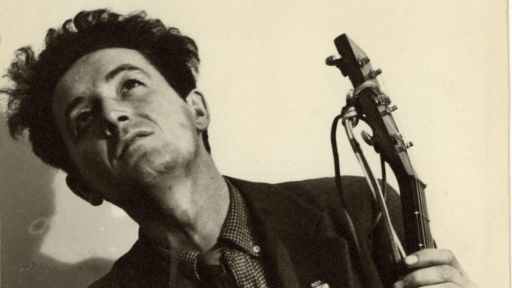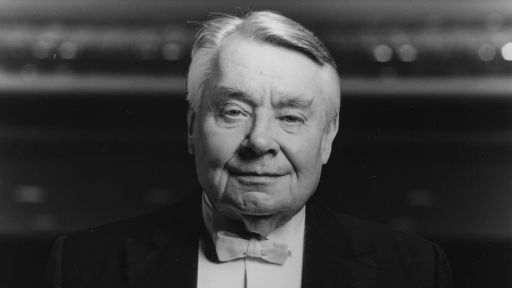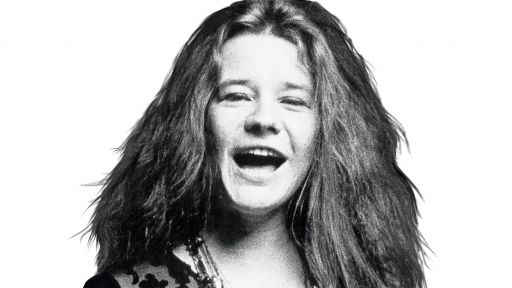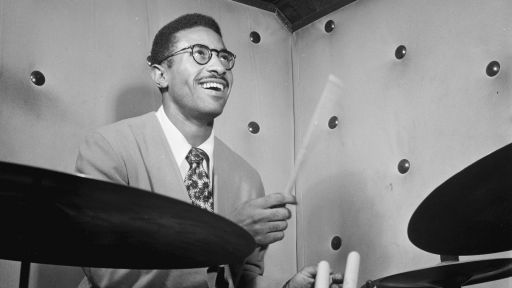When Miles Davis brought his quintet into the studio, they created one of the “great feats of jazz history.”
Features
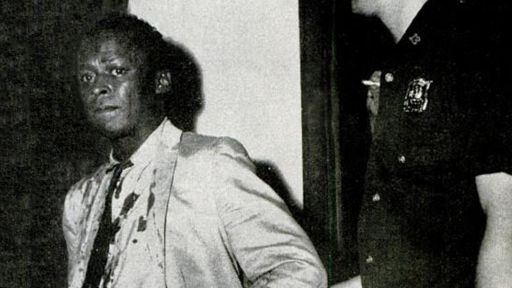

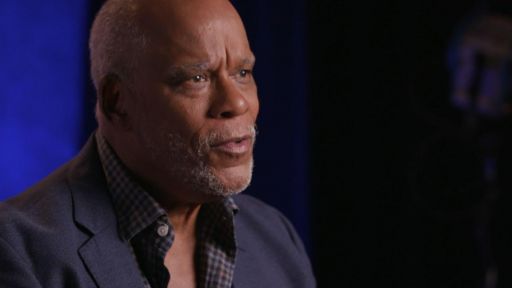
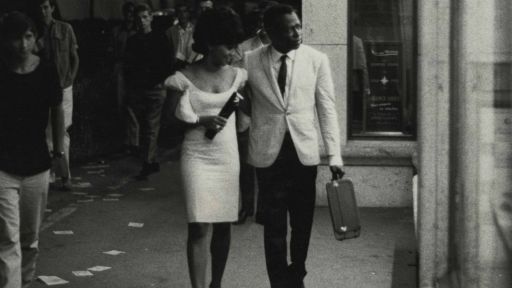
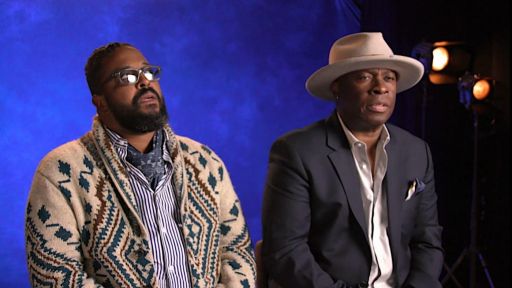
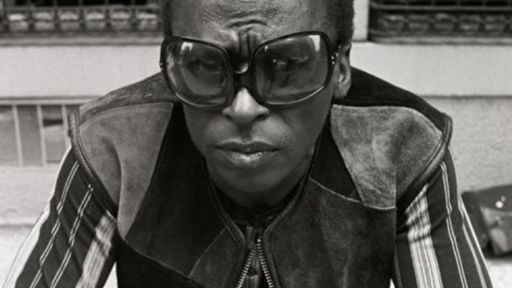
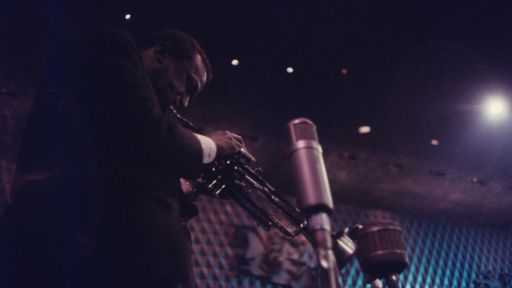

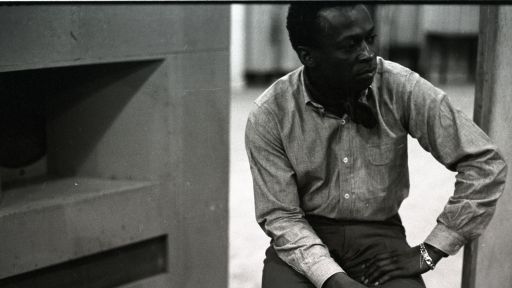
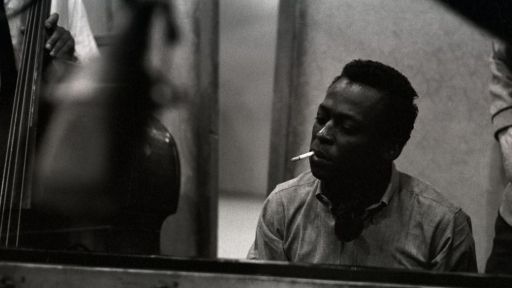
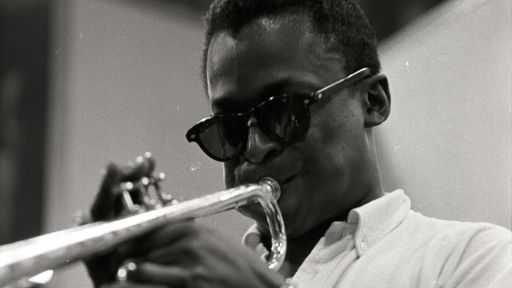
- [Miles] I plan to tell you what it is later.
(upbeat jazz music) - He had a new quintet, with John Coltrane as the tenor saxophone player.
And he took that quintet into the studios of Rudy Van Gelder.
And he called tune after tune after tune.
And recorded enough music, in a couple of days, to get rid of his obligation to Prestige.
He basically took the handcuffs off the musicians.
And said 'Here.
'Do you.
'Be you.
'Imma just goin' to let the music live, 'let it breathe, and let it develop.
'As we feel it.'
(upbeat jazz music) - Miles thought he was just dispatching his obligation as fast as he could.
But in fact they are gems of spontaneous jazz music.
Two marathon sessions, three hours or more of recorded music.
One of the great feats, really, of jazz history.
You May Also Like

